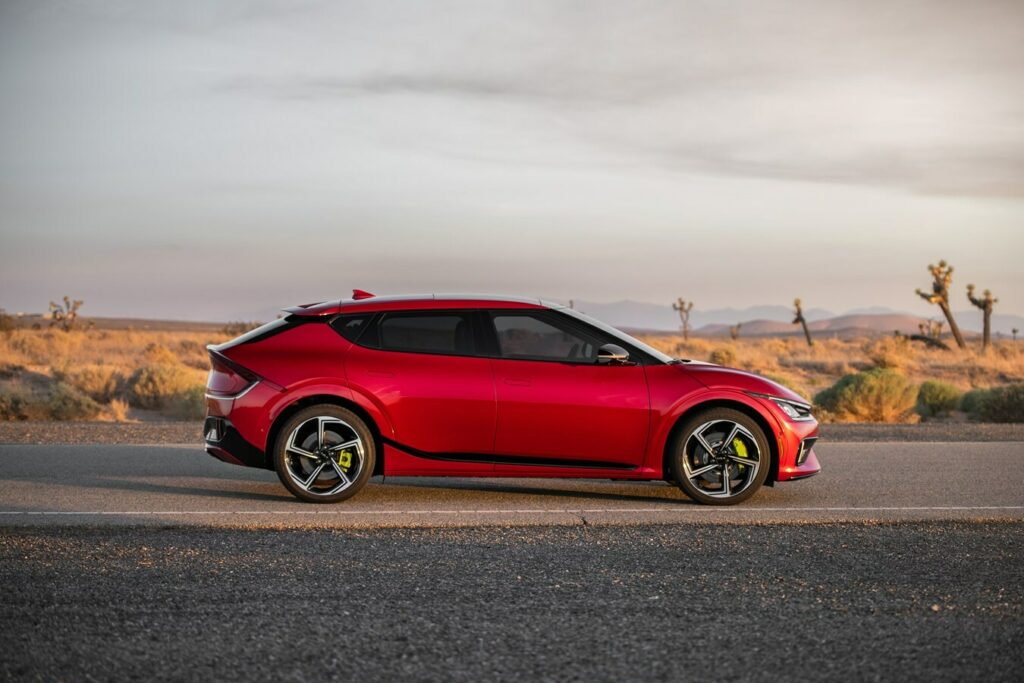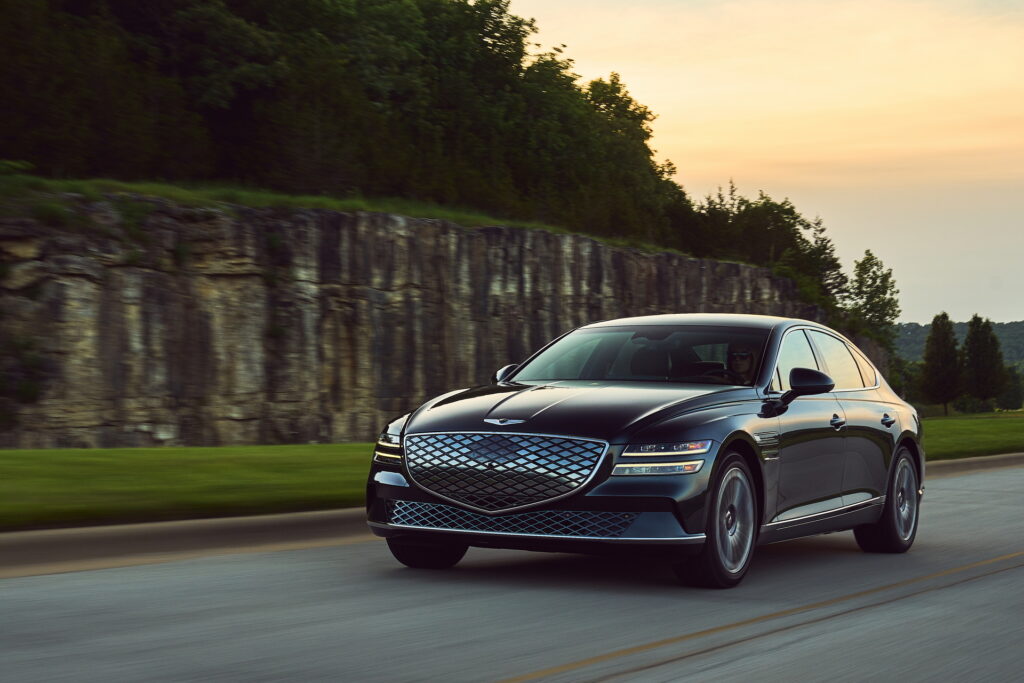- The Hyundai Motor Group is recalling more than 200,000 EVs that can lose drive power.
- An assortment of models are impacted including the Kia EV6, Hyundai Ioniq 5 and Ioniq 6, and Genesis GV60, GV70 Electrified, and GV80 Electrified.
- As part of the recall, dealers will update software as well as check and replace the integrated charging control unit as necessary.
The Hyundai Motor Group is recalling 208,107 electric vehicles in the United States as they can suffer a loss of drive power. The problem centers on the integrated charging control unit, which can be damaged and prevent the 12-volt battery from charging.
The recall is broken up into two parts and one includes 62,872 Kia EV6s from the 2022-2024 model years. The second part is larger as it involves 145,235 vehicles including the 2022-2024 Hyundai Ioniq 5, 2023-2025 Hyundai Ioniq 6, 2023-2024 Genesis G80 Electrified, 2023-2025 Genesis GV70 Electrified, and 2023-2025 Genesis GV60.
More: Hyundai, Kia, Genesis Recall Nearly Every Single e-GMP EV In America
According to the government, the integrated charging control unit may be damaged from transient high voltage and thermal cycling over time. This can eventually prevent the 12-volt battery from charging, leading it to gradually drain. If this occurs, drivers will be warned something is amiss and may experience “progressive reductions of motive power.” If they continue, the vehicle may eventually lose all drive power.
The EV6s were involved in a recall earlier this year, but a supposedly ‘fixed’ vehicle experienced a loss of drive power in May. This sparked an investigation and Kia eventually found “88 unique cases that allege loss of motive power” following the initial recall. Thankfully, no crashes, injuries, fatalities or fires were reported.

On the Hyundai and Genesis side, there were 57 reports between March 25 and November 5 of this year. None resulted in any injuries or crashes.
Owner notifications are slated to be sent out in the coming weeks and the remedy will see dealers inspect and replace the integrated charging control unit, as well as its fuse, as necessary. In addition, dealers will install updated software that “optimizes thermal management and peak voltage during operation.” Unfortunately for technicians, this is a huge pain as the fix for the EV6 is 26 steps long and involves removing underbody paneling as well as taking out the rear seat.





